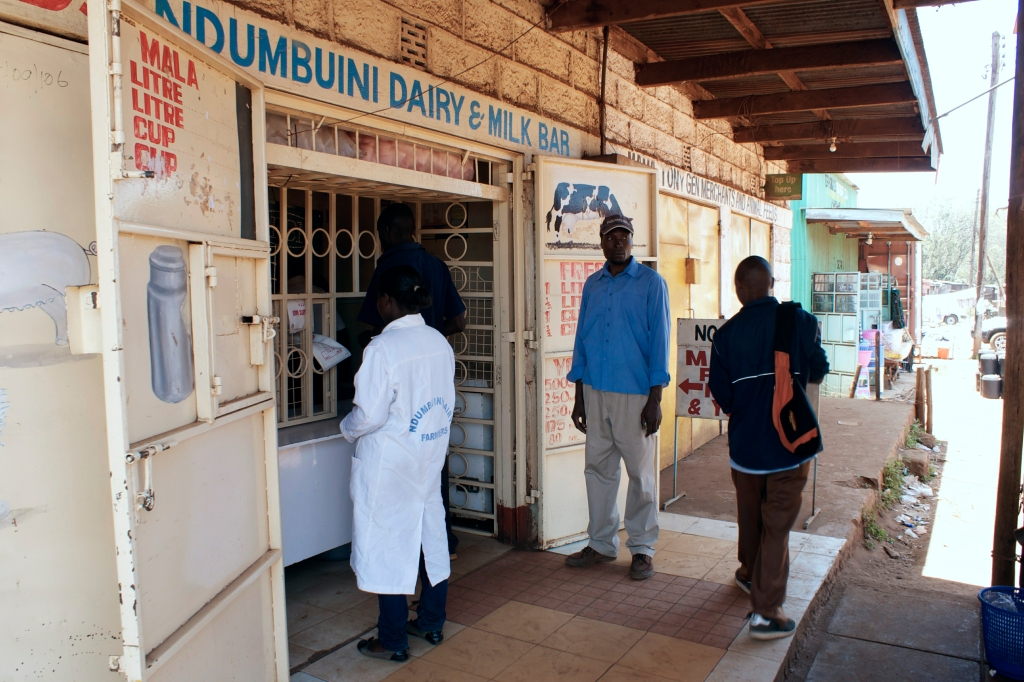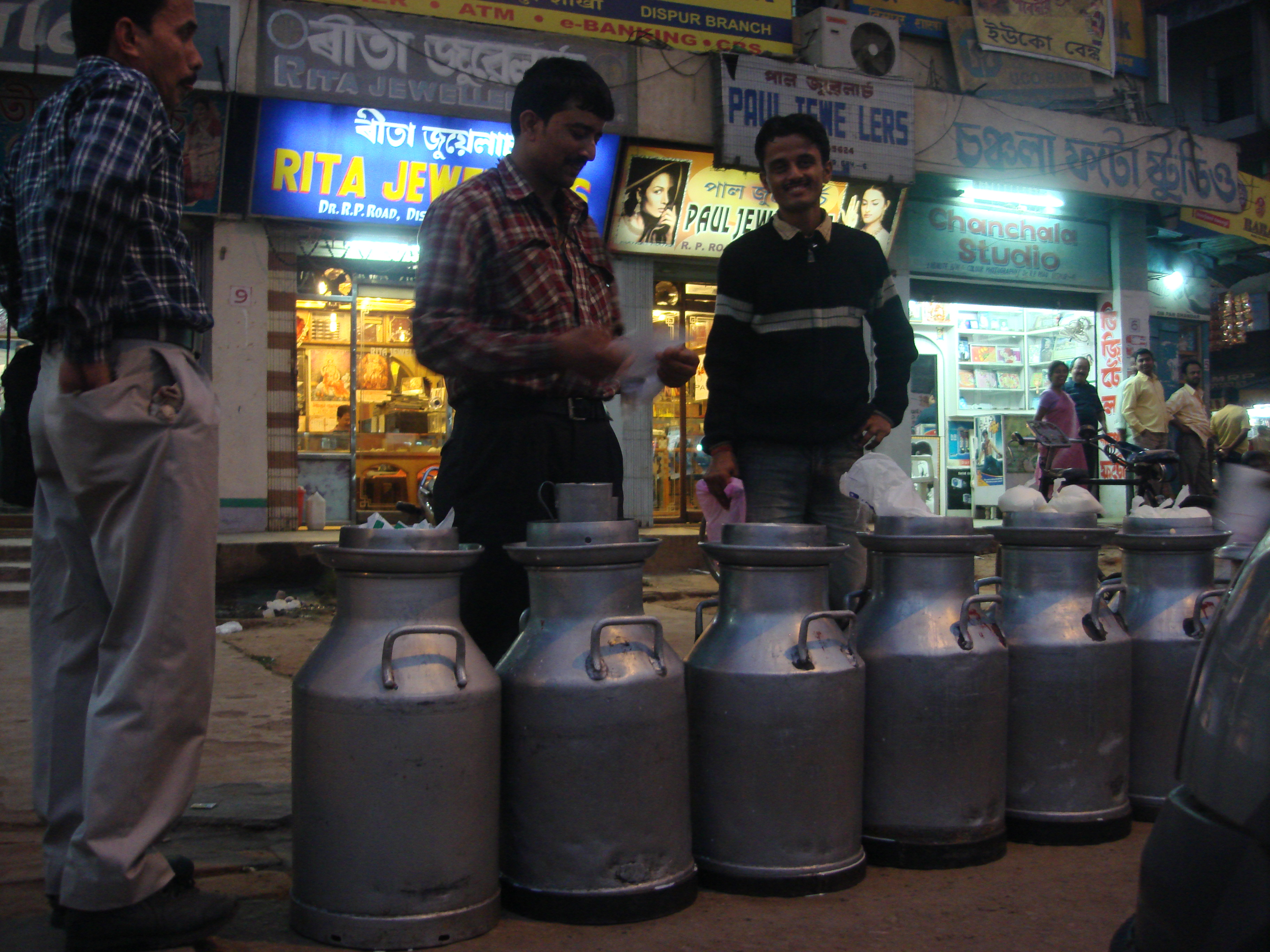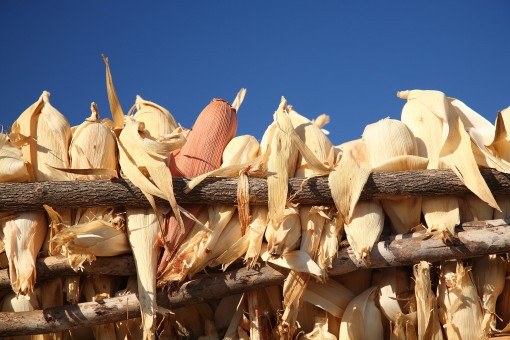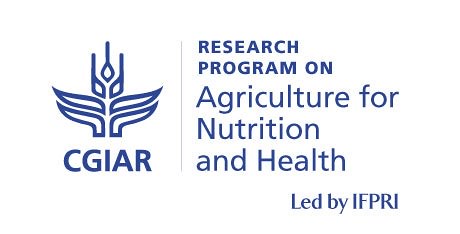
A study published in the April 2023 issue of Current Developments in Nutrition has put forth new empirical evidence on the effect of COVID-19 pandemic-related changes in behaviour and government restrictions in Kenya on dairy supply chains and urban and peri-urban household food access.
The study focused on milk sold in informal markets and examined changes in milk sales, consumption of dairy products, and food insecurity among low-income households in urban and peri-urban Nairobi following the announcement of the COVID-19 pandemic in Kenya in March 2020.
The study was conducted by scientists affiliated to the International Food Policy Research Institute, the International Livestock Research Institute and the University of Greenwich.
The researchers started by collecting baseline data on milk sales and consumption from informal milk vendors and their customers in late 2019.
Later, two follow-up telephone surveys were conducted among the same milk vendors and customers in July and September–October 2020, respectively.
The first survey found that the volume of milk sold by the vendors had dropped by 30% compared to the baseline level and the volume of informally sold milk consumed by households had reduced by 23%.
After the second survey, the volumes of milk sold and consumed were found to have increased but were lower than the volumes observed a year earlier in the same season.
The study also found that the rate of food insecurity increased by 16 and 11 percentage points in the first and second surveys, respectively, compared to the baseline.
These findings suggest that the timing of the COVID-19 pandemic and the related government-instituted restrictions on movement to control the spread of the disease were associated with a decrease in the supply and consumption of milk from informal markets in Nairobi, and a decrease in the food security of peri-urban consumers.
The authors of the study therefore recommend that in times of crisis, short-term relief efforts and longer-term social protection policies be implemented to ensure that low-income households can maintain their food purchasing power and the quality of their diets.
“Such policies would also have positive effects on food vendors, as the demand for highly nutritious products would be maintained,” they add.
Additionally, movement restrictions to control the spread of COVID-19 should be designed to minimize disruptions to food supply chains, in particular of fresh foods, which are more vulnerable to supply chain disruptions.
This will ensure an adequate supply of nutritious products in the market and protect the incomes of people who depend on informal markets for their livelihoods.
Citation
Alonso, S., Angel, M.D., Muunda, E., Kilonzi, E., Palloni, G., Grace, D. and Leroy, J.L. 2023. Consumer demand for milk and the informal dairy sector amidst COVID-19 in Nairobi, Kenya. Current Developments in Nutrition 7(4): 100058.
Photo credit: Pouring boiled milk in Waithaka, Nairobi, Kenya (ILRI/Shadrack Isingoma)









